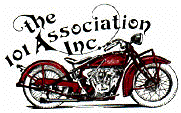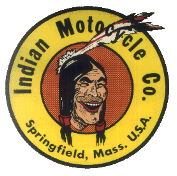It's best to straighten the rims round and true before lacing them up. It can be done with good result in a hydraulic press. Especially if they are out of round. A hopping wheel is worst to have in my opinion, that is always noticeable on the road. A minor out of round could be corrected with spoke tension but you can not or should not correct a rim damage with spoke tension, that makes a too big difference in spoke tension that could be dangerous. A minor wobble is easier to true with spoke tension and even if a slight wobble remains, that might not be felt at speed on the road.
Be very aware that original spokes are thin and always worn at the button because of corrosion and wear, and threads can be rusted thin so safer is to have all new spokes especially if the spoke tension has to be unequal because the rim is not perfect.
Spokes should be torqued hard but not at all be torqued to the limit because that can rip the button off or shearing threads. And a loose flexing spoke is going to wear and break. It is really rather important to have them fairly equally torqued. I don't have a torque wrench, I listen on the sound the nipples make and the ping of the spoke.
Regurarly check spoke tension, a good time to ping the spokes is every time you oil or adjust the drive chain.
Front rim should be in center of the hub, but the rear hub can be a bit troublesome. It is not certain that the rear fork is centered in the frame! Try mount the bare hub or laced wheel without the tire first in the frame, and carefully check chain alignment with the engine mounted.
It might be that you have to correct the rear fork to one or the other side, and when that is ok, center the rim between the fork tubes, adjust the rim position perhaps offset a bit with spokes because the tire does not have much space between the frame fork.


